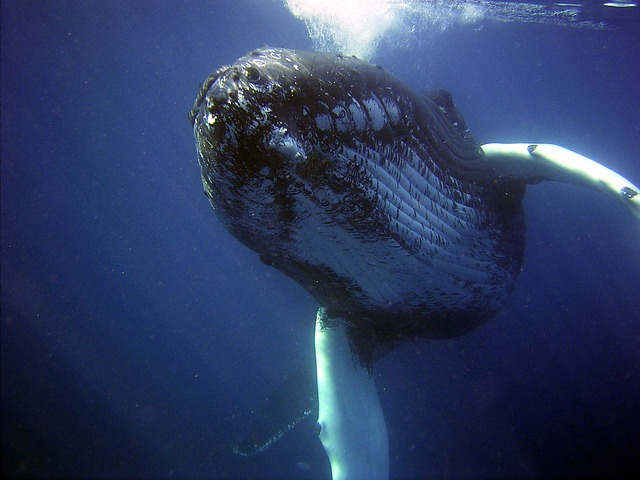 NEWS
NEWS
 NEWS
NEWS
 NEWS
NEWS
With the explosion of free-to-play games, it might seem like game studios are aiming to get as many people as possible spending money on in-app purchases, but the reality is that a bulk of the money earned by such games comes from a tiny fraction of their users. So-called “whales” are gamers who spend somewhat ridiculous sums of money on coins, gems, lunch boxes, and whatever other nonsense in-game items developers can sell 99 cents a pop.
If you have ever looked at a game’s in-app purchases and asked yourself “who the heck chooses the $100 option,” the answer is whales.
According to a recent study by Allison Bilas, Rosa Colom and Dana Gheza of GameAnalytics, whales may spend more on games than anyone else, but they also take longer to fully convert into paying customers.
The study breaks paying users into three categories: minnows, who spend less than $1 on a game; dolphins, who spend between $1 and $32; and whales, who spend over $32. The study also includes users who play free-to-play games without ever spending money, whom the authors refer to as non-monetizers.
GameAnalytic’s study shows that it takes whales an average of 18 days of playing a game before they decide to spend money on it. Meanwhile, dolphins take an average of 12 days and minnows take only eight. It may sound tempting for developers to go after the quick-spending users, but according to the study, minnows and dolphins represent a very small proportion of the money spent compared to whales, who are responsible for 86.6 percent of game revenue.
While it may take longer to hook whales than other players, the study notes that once they are converted to paying customers they are more likely to stick around for a longer period of time, meaning that not only do they spend more money overall, but they also remain loyal consumers longer.
Of course, in-app purchases are not the only way free games earn money. GameAnalytics points out that advertising is also a sizeable revenue stream, and it may actually be more effective on the non-paying players than on the whales.
“Our results have shown that non-monetizers are not only very engaged players, but they play more than one game at a time,” the study says. “Therefore, their attention is by default divided between multiple games. By these players, ads serving may not be perceived as a nuisance. Done right, you may even struck the right cord, without having to worry about decimating your player base: they will still come back to your game even if they do find another one they’ll start playing.
“With whales, the story could be different. Having shown they commit to one game at a time, bombarding them with ads may not be in your best interest, as you might end up losing some of them. So, be judicious with your ads serving strategy, and know your players.”
THANK YOU